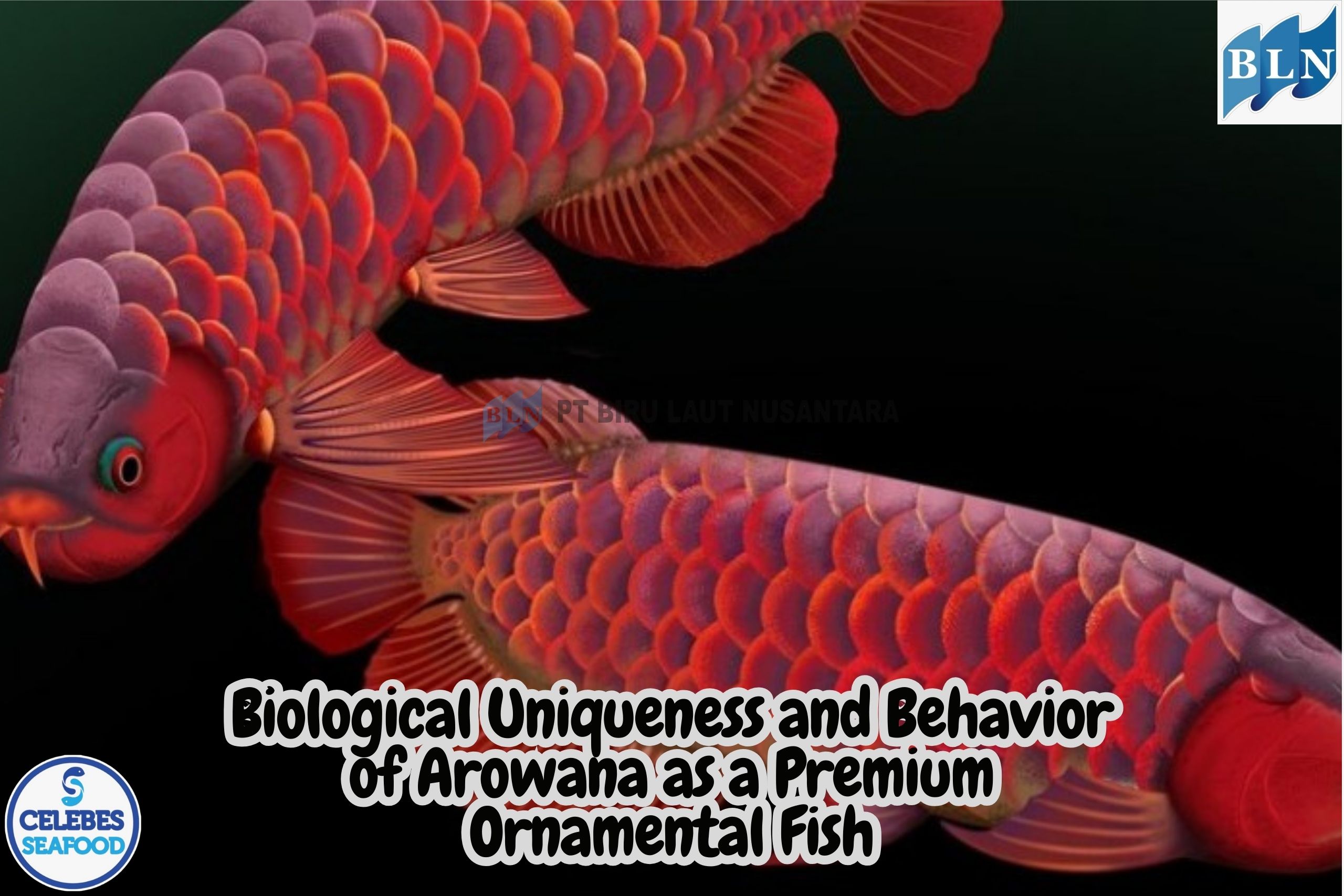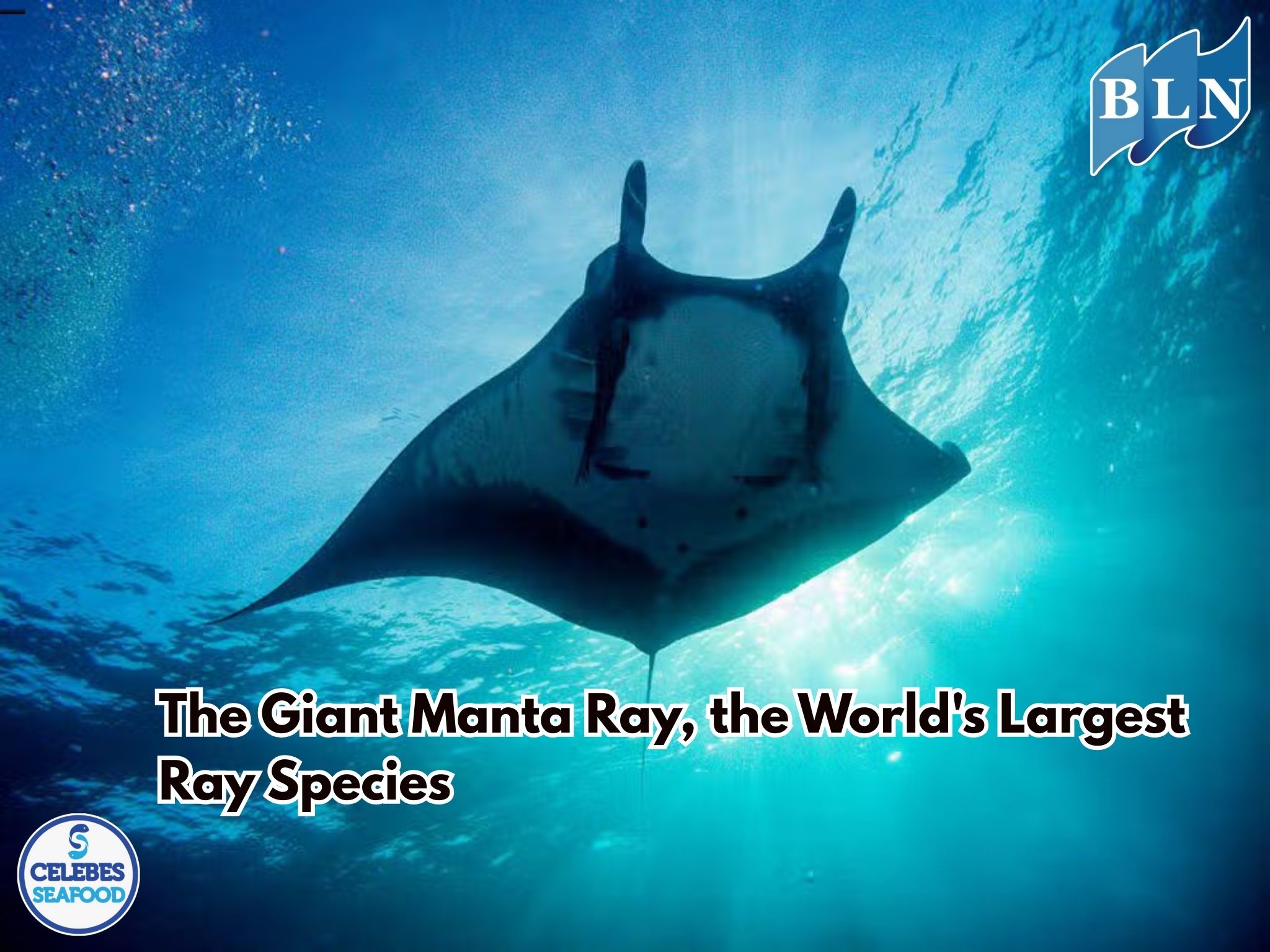Biological Uniqueness and Behavior of Arowana as a Premium Ornamental Fish
By. Azizah - 27 Aug 2025
lautnusantara.com Arowana (family Osteoglossidae) is one of the most popular and highly valued freshwater ornamental fish in the world. With its unique body shape, shimmering scales, and graceful swimming movements, the arowana is often regarded as a symbol of luxury, good fortune, and social status, particularly in Asian countries. This article discusses the classification, types, biological uniqueness, and behavior of arowana that make it a premium ornamental fish with exceptional appeal.
Classification of Arowana (Scleropages formosus)
-
Kingdom: Animalia
-
Phylum: Chordata (vertebrates with notochord/backbone)
-
Class: Actinopterygii (ray-finned fishes)
-
Order: Osteoglossiformes (bony-tongued fishes)
-
Family: Osteoglossidae (arowana and related ancient fishes)
-
Genus: Scleropages
-
Species: Scleropages formosus (Asian arowana)
Popular Types of Arowana
-
Asian Arowana (Scleropages formosus)
-
Varieties: Super Red, Golden Red, Crossback Golden, Green Arowana.
-
-
Silver Arowana (Osteoglossum bicirrhosum)
-
Originating from the Amazon River, South America.
-
-
Black Arowana (Osteoglossum ferreirai)
-
Also from South America, rarer than the Silver Arowana.
-
-
Jardini Arowana (Scleropages jardinii)
-
Known as the Australian arowana.
-
-
Saratoga Arowana (Scleropages leichardti)
-
Another Australian species.
-
-
Banjar Arowana and Papua Arowana
-
Local Indonesian varieties with distinctive color patterns.
-
Biological Uniqueness of Arowana
-
Elongated body with large scales: resembling a dragon, with shimmering scales ranging from green and gold to bright red.
-
Upward-facing mouth: adapted to surface feeding, enabling it to leap out of the water to catch prey.
-
Elegant fins and tail: supporting slow and graceful swimming, enhancing its majestic appearance in aquariums.
-
Ability to jump high: capable of leaping over one meter above the water surface to catch insects.
-
Mouthbrooding reproduction: the male carries eggs and larvae in its mouth until they are ready to be released, providing high parental protection.
Behavior of Arowana
-
Territorial: aggressive and protective of its space, often kept singly in aquariums to avoid conflict.
-
Graceful swimming: characterized by slow, majestic movements that strengthen its image as a high-class ornamental fish.
-
Responsive to environment: able to recognize its owner and often reacts during feeding, creating interesting human–fish interaction.
-
Natural predator: carnivorous, preferring live food such as insects, shrimp, and small fish, reflecting its instincts in tropical river habitats.
Arowana as a Premium Ornamental Fish
The value of arowana is not only determined by its physical beauty and behavior but also by cultural factors. In Asia, especially China, arowana is referred to as the “dragon fish,” symbolizing prosperity, wealth, and success. Certain types such as Super Red, Golden Crossback, and Platinum Arowana can even reach prices of hundreds of millions of rupiah per fish in the international market.
Furthermore, its status as a protected species adds to its exclusivity. The trade of arowana is strictly regulated through official certification to ensure species conservation and legality.
If you are interested in our CALAMARI WHOLE ROUND,CUTTLEFISH WHOLE ROUND please do not hesitate to contact us through email and/or whatsapp.

 on the Seabed.jpg)





